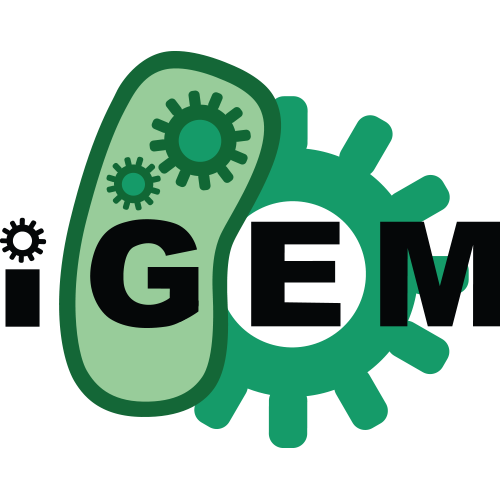Source:
Generated By: https://synbiohub.org/public/igem/igem2sbol/1
Created by: Alicia Kaestli
Date created: 2007-07-19 11:00:00
Date modified: 2015-08-31 04:08:33
G-alpha-olf
| Types | DnaRegion |
| Roles | sequence_feature Temporary |
| Sequences | BBa_J17000_sequence (Version 1) |
Description
My BioBrick is the G-alpha-olf Coding Region DNA Sequence.G-protein-mediated signaling systems are the most abundant transmembrane signaling mechanism in mammalian organisms (Offermanns, 2003). These systems consist of G-protein-coupled receptors (GPCRs) (Offermanns, 2003). GPCRs make up the largest family of transmembrane receptors (Offermanns, 2003). In mammalian organisms, the majority of these receptors are located in: the olfactory system (a system involved in the identification of odors), pheromones (chemicals secreted by animals that affect the behavior of animals of the same species), and in taste receptors (Offermanns, 2003). Nonetheless, G-protein-mediating systems are found in all mammalian cells (Offermanns, 2003). These systems are involved in many physiological and pathological systems, such as: the activation of platelets, regulation of heart function, and the immune system (Offermanns, 2003). G-proteins consist of three subunits; an α-subunit, which binds and hydrolyzes guanosine triphosphate (GTP), a β-subunit, and a γ-subunit (Offermanns, 2003). However, the β- and γ-subunits function together in a fixed unit (Offermanns, 2003). In order to relay a signal from an activated receptor to an effector, a small molecule that catalyses either an increase or decrease in enzyme activity when bound to the enzyme???s allosteric site, G-proteins must function in an activation-inactivation-cycle (Offermanns, 2003). In its inactivated state, the α-subunit of a G-protein is bound to GDP and all subunits are joined together (Offermanns, 2003). However, in the protein???s activated state, GTP takes the place of GDP on the α-subunit, causing a conformational change to occur in this subunit (Offermanns, 2003). This action triggers the dislocation of the α-subunit from the βγ-subunit (Offermanns, 2003). As a result, all subunits are susceptible to interaction with effector proteins (Offermanns, 2003).
The Gαs class is one of the four families of the G-proteins α-subunit (Offermanns, 2003). This family is responsible for the regulation of adenylyl cyclase, an enzyme that catalyzes the conversion of adenosine triphosphate (ATP) to cyclic AMP (cAMP), through GPCRs (Offermanns, 2003). cAMP is a second messenger in many G-protein signaling pathways that relays a signal from a signal molecule to other proteins, such as a protein kinase (Campbell). The effector adenylyl cyclase catalyzes an increase in the Gαs family G-protein regulation (Offermanns, 2003). Gαolf is one of the two main members of this family. Gαolf has been shown to be expressed in such places as: sensory neurons, the basal ganglia (a group of nuclei in the brain associated with motor and learning functions), the olfactory tubercle (a small, oval area located at the base of the central hemisphere in the brain), the hippocampus (a part of the limbic system (a group of interconnected brain structures with various functions) in the central hemisphere of the brain), and Purkinje cells (a type of nerve cell carries all information outputted by the cerebellum) (Offermanns, 2003).
Although G-protein-mediated signaling systems are expressed in all mammalian cells, there is currently no BioBrick design for any part of a G-protein (Offermanns, 2003). Thus, this project???s goal is to make the first BioBrick design for a part of a G-protein, by constructing a BioBrick for the gene Gnal (Offermanns, 2003). This gene codes for Gαolf, a member of the Gαs family of G-proteins (Offermanns, 2003). After researching the properties of the BioBrick, its statistics would be released to the scientific community through an online registry of all BioBricks.
Notes
I reasformed my G-alpha-olf DNA recieved from Randall Reed using a Invitrogen Subcloning Efficiency DH5α Competent Cells transformation kit.Source
AUTHORS Jones,D.T. and Reed,R.R.TITLE Golf: an olfactory neuron specific-G protein involved in odorant
signal transduction
JOURNAL Science 244 (4906), 790-795 (1989)
PUBMED 2499043
